-
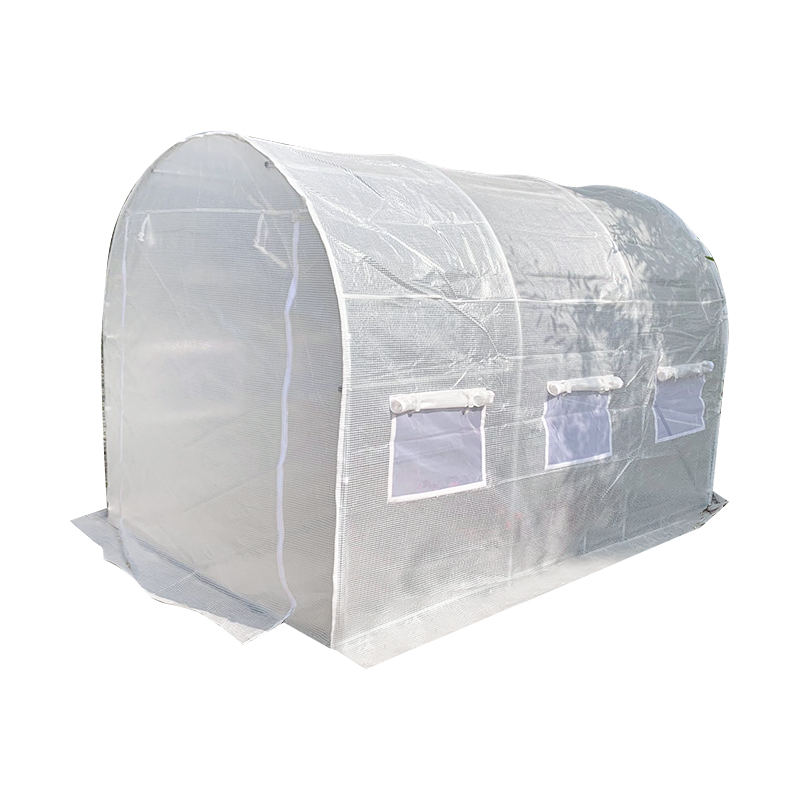 2x3x2m Small Poly Tunnels for Gardens
2x3x2m Small Poly Tunnels for GardensGreenhouse & Polytunnel
-
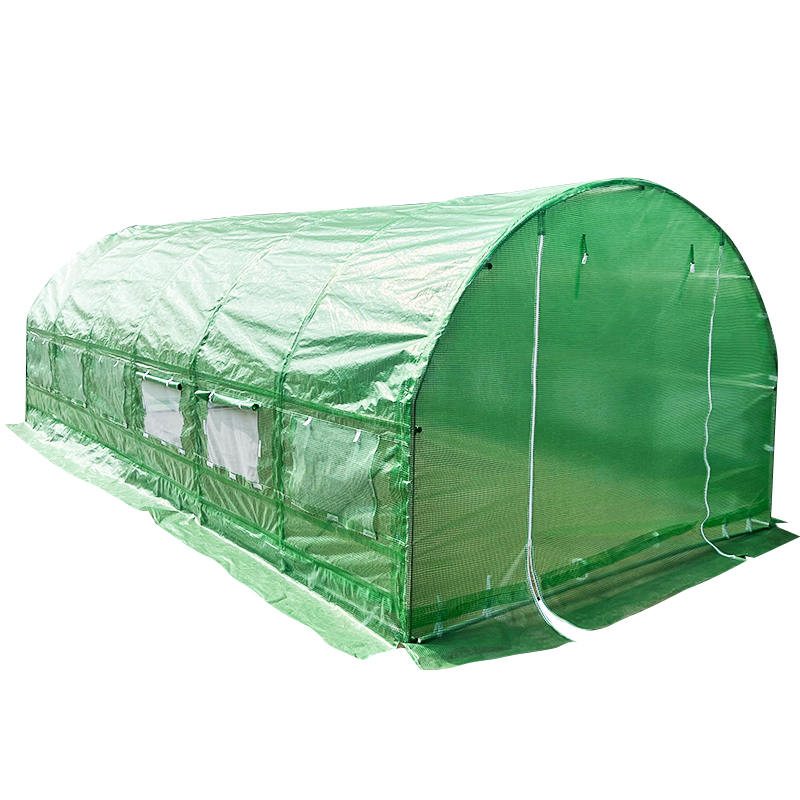 3x6x2m Weatherguard Round Top Greenhouse & Polytunnel
3x6x2m Weatherguard Round Top Greenhouse & PolytunnelGreenhouse & Polytunnel
-
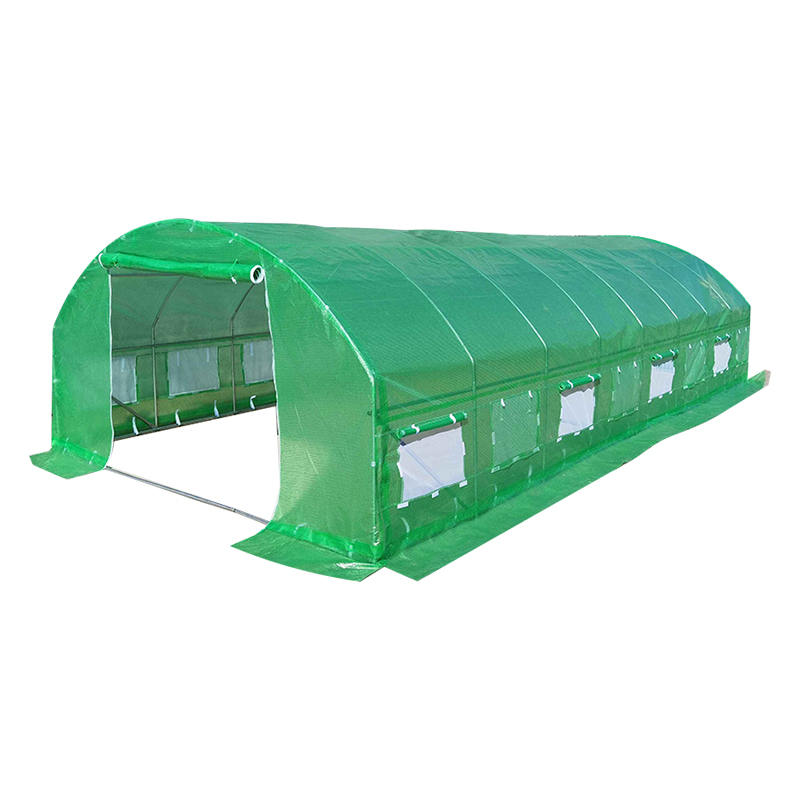 4x8x2m Foil Tunnels Roundtop High Tunnel Greenhouse
4x8x2m Foil Tunnels Roundtop High Tunnel GreenhouseGreenhouse & Polytunnel
-
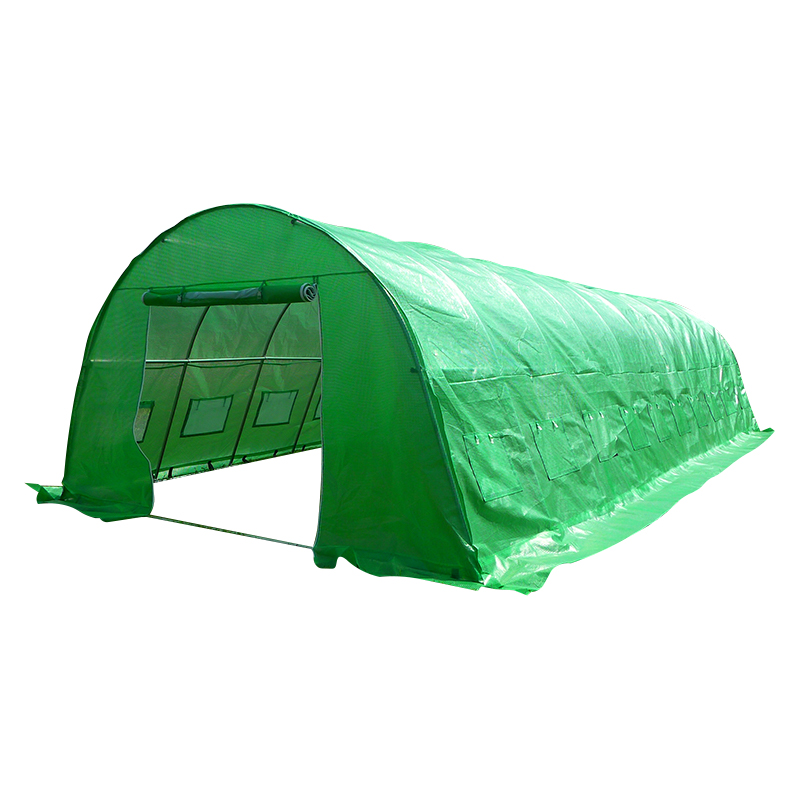 4x10x2.3m Large Heavy Duty Polytunnel Greenhouses
4x10x2.3m Large Heavy Duty Polytunnel GreenhousesGreenhouse & Polytunnel
Greenhouse & Polytunnel Manufacturers
Products & Solutions
CONTACT US
-

+86 15695147631
-

-

No.9 Kangmin Road, Automobile industry Park, Yizheng City, Jiangsu Province, China
Greenhouses and polytunnels are permanent or semi-permanent structures made of transparent material such as glass or plastic that protect plants from the cold and wind.
Greenhouses and polytunnels create better growing conditions for plants, providing the following benefits:
Longer growing season, so higher yields
Larger range of plants can be grown
Reduced food miles – you can grow fruit or veg that would otherwise have to be imported
More efficient use of resources like water and compost, due to controlled and confined space; you can also harvest rainwater from the roof
Easier to control pests and weeds – wind-blown weed seeds for example
Protection for plants from extreme weather conditions, birds, etc.
You don’t get wet in the garden if it’s raining
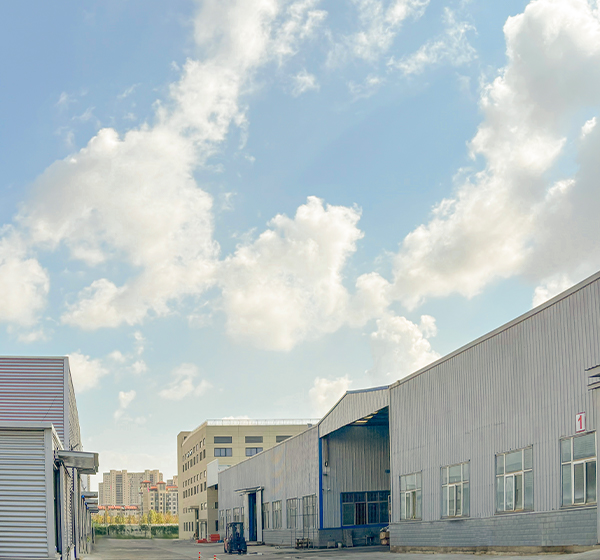
-
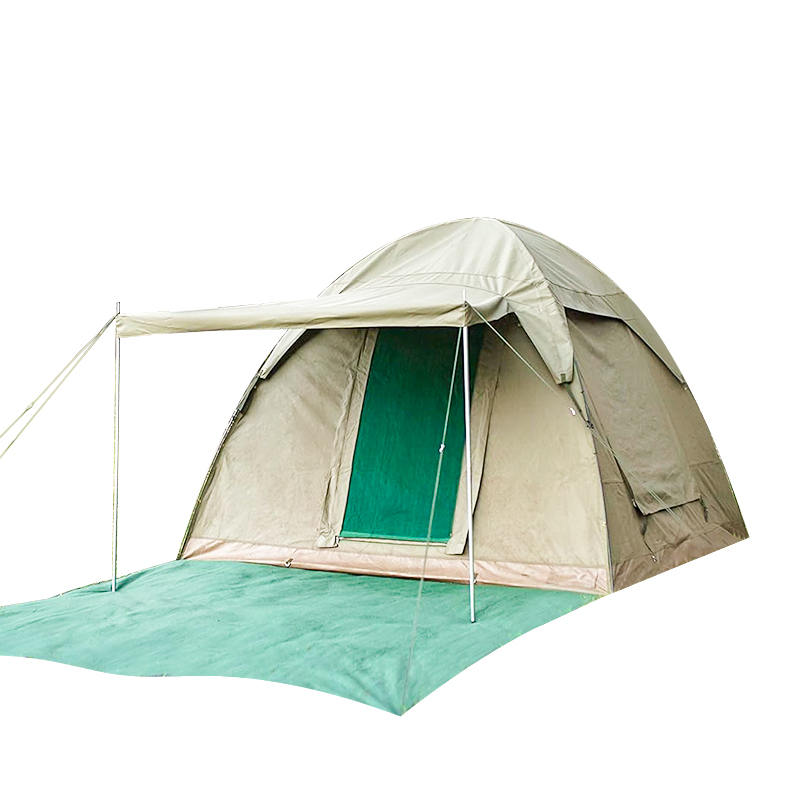
What Do Waterproof Ratings for Camping Backpacking Tents Actually Mean? Waterproof ratings (measured in millimeters, mm) quantify a tent’s ability to resist water penetration, based on standardized hydrostatic head testing. The rating represents the height of a water column the t...
READ MORE -
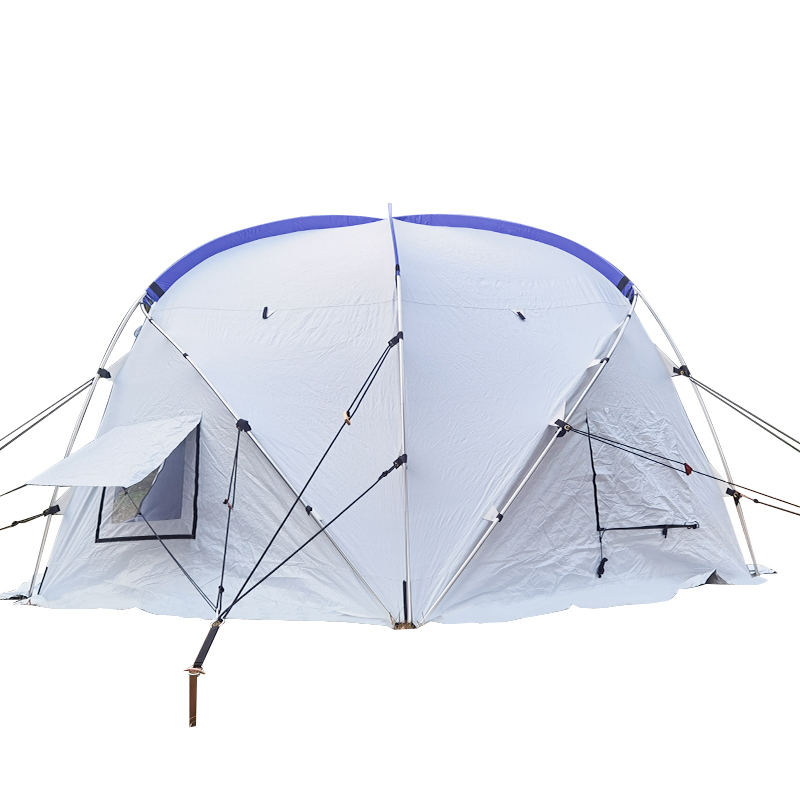
What core fabrics lay the foundation for windproof and waterproof relief tent? The windproof and waterproof performance of relief tent starts with the selection of core fabrics, which must withstand harsh natural conditions such as strong winds, heavy rains, and even hailstorms i...
READ MORE -
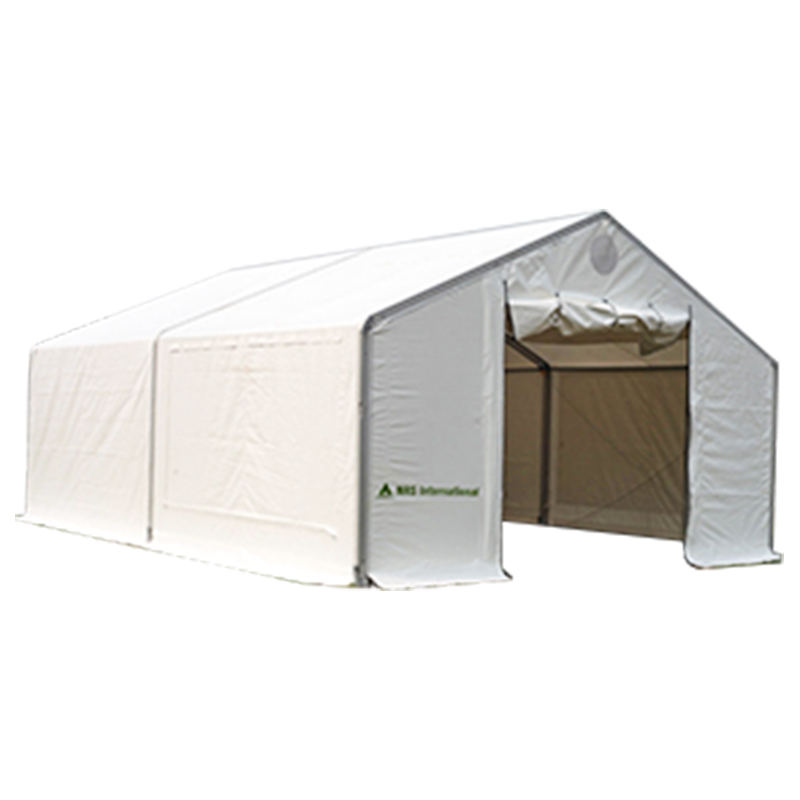
What Cost Advantages Make Warehouse Tents More Economical Than Traditional Warehouses? The core appeal of warehouse tents lies in their significant cost savings, which can reach up to 50% compared to traditional brick-and-mortar warehouses. First, the construction cost is far low...
READ MORE
I. Greenhouse & Polytunnel Product Positioning and Core Value: Why Are They Critical Facilities for Modern Agricultural Planting?
Greenhouses and polytunnels are permanent or semi-permanent agricultural structures made of transparent materials such as glass and plastic. Their core function is to protect plants from cold and strong winds, creating a controlled growing environment. Its core value lies in addressing the pain points of traditional open-air cultivation, achieving multi-dimensional benefits by optimizing growing conditions. First, it can extend the crop growth cycle, breaking seasonal restrictions and allowing crops that were previously restricted to specific seasons to be cultivated off-season, directly increasing yield per unit area. Second, it can broaden the planting range and cultivate fruits, vegetables, and other crops that were previously dependent on imports, reducing "food miles," reducing dependence on foreign countries while ensuring food freshness. Third, it can efficiently utilize resources. Enclosed or semi-enclosed spaces allow for precise control of water resources, composting, and other processes, avoiding resource waste associated with open-air cultivation. Rooftop rainwater can also be collected and recycled for irrigation, further saving costs. Furthermore, it simplifies pest and weed control, blocking weed seeds carried by strong winds and reducing weed growth. It also physically isolates crops from damage caused by birds, pests, and extreme weather (such as heavy rain and hail). Finally, it improves the growing experience. Even when working inside the facility on rainy days, growers are not exposed to the rain, making field operations more convenient. These combined advantages make it a key facility for large-scale and efficient cultivation in modern agriculture.
II. The Core of Greenhouse & Polytunnel Design: How to Achieve a "Controlled Growth Environment" Through Structure and Materials?
To fully realize their functional value, structural design and material selection must closely align with the core requirements of "transparent protection and a controllable environment." Transparent covering materials must balance light transmittance and adaptability. Glass, with its high light transmittance and durability, is suitable for permanent installations, especially for crops with high light requirements (such as flowers and fruits). Plastics (such as polyethylene film and PC boards) are lightweight, low-cost, and flexible to install, making them suitable for semi-permanent installations. They can meet the light requirements of most common crops (such as leafy vegetables and seedlings). Some plastic materials also feature an anti-fog coating to prevent condensation on the inner walls from damaging seedlings, ensuring uninterrupted growth. Structural design requires optimization around the three key objectives of "protection, light transmission, and control." The canopy often features a curved or steeply sloped design. This reduces light obstruction, ensuring that crops receive all-round sunlight and meet photosynthesis requirements. It also accelerates the shedding of rainwater and snow, preventing rooftop accumulation and pressure damage. The frame is constructed from high-strength materials such as galvanized steel pipes and aluminum alloys to enhance wind and snow resistance, ensuring the facility's long-term stability. Control interfaces such as ventilation windows and roller blinds are also included, allowing for ventilation and cooling during high temperatures and insulation during low temperatures. This maintains a suitable internal temperature and humidity while also keeping the facility dry during rainy days, balancing crop growth needs and the operator's operational experience.
III. Greenhouse & Polytunnel Scenario Adaptation: How to Meet the Needs of Different Crop Plantings and Efficient Resource Utilization?
As multifunctional agricultural facilities, their design must be flexible to accommodate the diverse needs of crop cultivation and resource efficiency. The internal space planning can be flexibly adjusted to suit different crops. For leafy vegetables, multi-layered planting racks can be constructed, utilizing vertical space to increase planting density and maximize the facility's floor space. For fruit and vegetable crops, vine climbing supports are installed on the roof or sides to guide vines upward, avoiding congestion on the ground that affects fruit production. For seedlings, internal access paths are widened to facilitate seedling transportation and daily care, and the facility's headroom can be adjusted according to the height of the seedlings to ensure unrestricted growth. Regarding resource utilization, the advantages of enclosed space enable precise control. The irrigation system uses drip or sprinkler irrigation, precisely delivering water according to crop needs, avoiding evaporation and waste associated with open-air cultivation. Compost can be concentrated in designated areas within the facility, accelerating decomposition in a controlled environment while reducing nutrient loss. A rainwater collection trough on the roof directs rainwater into a reservoir for recycling and irrigation, further improving resource efficiency and truly realizing the resource-saving advantages of "controlled space."
IV. Enhanced Protection of Greenhouse & Polytunnel: How to Resist Extreme Weather and Ensure Crop Safety?
Extreme weather is the main risk in facility cultivation, and targeted designs are needed to strengthen protection capabilities and ensure the safety of facilities and crops. In terms of rain protection, the slope angle of the canopy needs to be reasonably designed to ensure that rainwater slides down quickly to prevent water accumulation on the top from crushing the frame; waterproof sealants and tapes are used to reinforce the joints of the covering material to prevent rainwater from seeping into the interior and soaking the roots of crops; drainage ditches are dug around the facility to guide rainwater away from the foundation and prevent ground water from eroding the bottom of the frame. In terms of wind protection, the bottom of the frame is fixed underground or pressurized with counterweights to enhance overall stability and prevent strong winds from causing the facility to shift; windbreaks (such as windbreak nets and shrub belts) are set up around the facility to weaken the impact of strong winds; movable parts such as ventilation windows and roller blinds are equipped with locking devices, which are closed and locked before strong winds arrive to avoid component damage. To protect against extreme temperatures, during low temperatures, insulation layers (such as insulation foam and plastic film) can be installed inside the facility to create a double layer of protection and reduce heat loss. If necessary, hot air blowers and heating coils can be deployed to maintain internal temperature and prevent crop frostbite. During high temperatures, ventilation windows and roller blinds can be fully utilized to facilitate air convection and accelerate heat dissipation. Sunshade nets or reflective coatings can be installed on the roof to reflect some sunlight and lower internal temperatures. Some large facilities can be equipped with wet curtain and fan systems to achieve efficient cooling through water evaporation, providing comprehensive protection against extreme weather risks.
V. Yangzhou Mailenda Outdoor Products Co., Ltd.: How do you ensure the quality and reliability of Greenhouse & Polytunnel products?
As a company with over 20 years of experience in the outdoor products industry, we focus on the core needs of Greenhouse & Polytunnel and ensure product quality throughout the entire process, from production, design, and supply. On the production side, suitable materials are carefully selected: the transparent covering material is made of high-transmittance glass, aging-resistant plastic film, and PC boards to ensure light transmission and durability. The frame is made of high-strength galvanized steel pipes and aluminum alloy, and is precisely processed using automatic cutting machines and CNC bending machines to ensure structural accuracy and load-bearing capacity. The joints of the plastic covering material are treated with a hot air seam sealer to enhance waterproofness and sealing. On the design side, practical needs are incorporated: the canopy and frame structure take into account the needs of light transmission, drainage, and wind protection, and reserve interfaces for ventilation, irrigation, temperature control, and other facilities. The product size can be adjusted according to the scale of the cultivation (such as family farms and large agricultural parks) to adapt to different scenarios. In terms of quality control, rigorous testing is carried out to simulate actual cultivation environments: the overall structure is tested for wind resistance, snow accumulation and load bearing, the covering material is tested for light transmittance and weather resistance (high and low temperature, ultraviolet light), and the metal components are tested for salt spray rust resistance to ensure that the product can cope with complex outdoor environments. On the supply side, we provide flexible support: relying on two production bases and sufficient production capacity, we can quickly respond to bulk orders to meet the needs of the agricultural planting season; at the same time, we provide installation guidance and after-sales maintenance suggestions (such as covering material cleaning methods and frame rust prevention techniques) to help growers use the products efficiently and provide reliable facility guarantees for modern agricultural planting.


 English
English 中文简体
中文简体 Español
Español 日本語
日本語 русский
русский عربى
عربى


